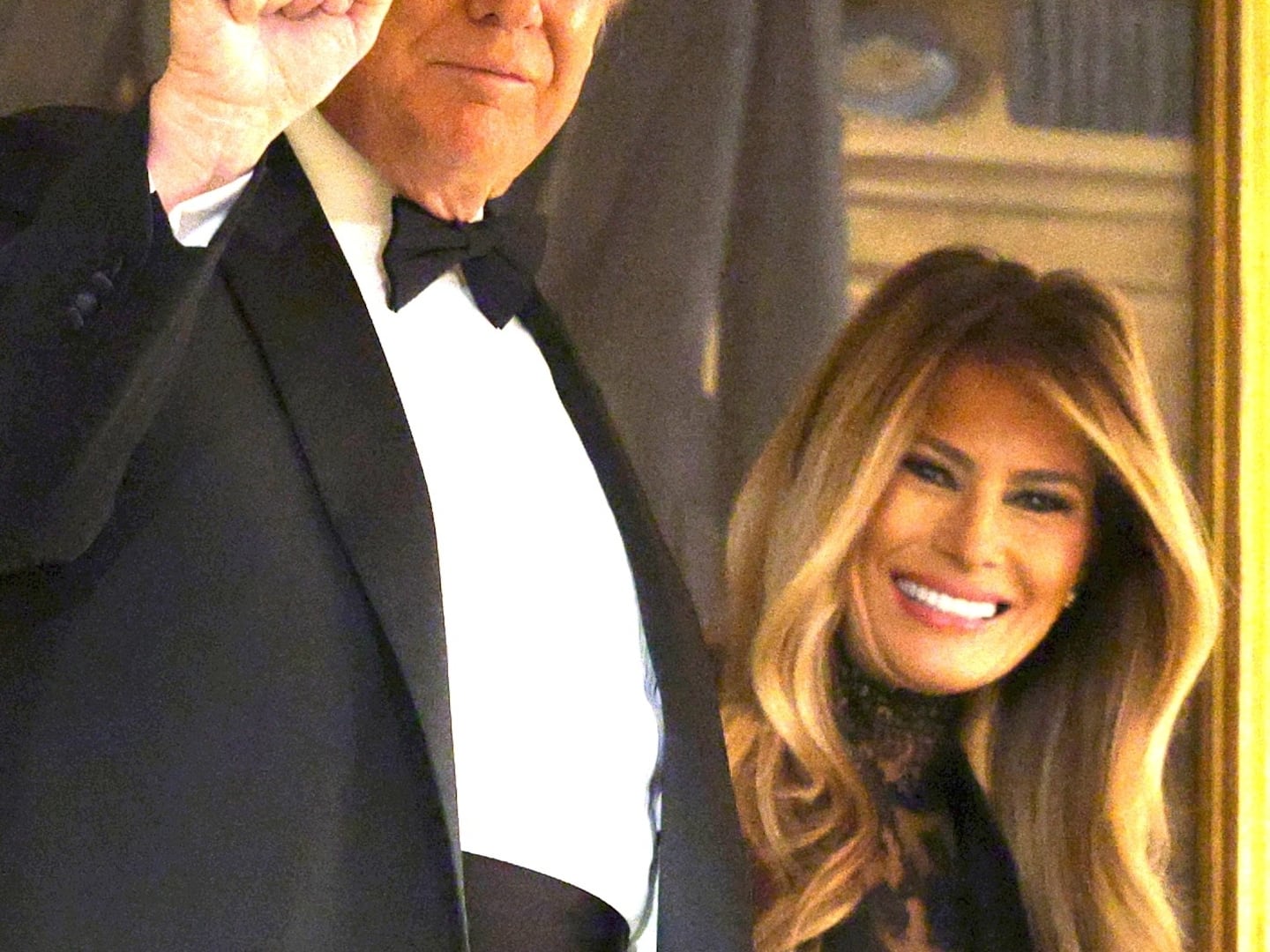One Saturday around noon in early 1968, I went to the Carolina Theater in Winston-Salem, North Carolina to see the day’s first showing of Bonnie and Clyde.
The old downtown movie theater was about half full, but I was one of only a few who had come for the feature. The rest were all children, the leftover audience from the morning kiddie show. That was what it was called: the kiddie show. Moms and dads would drop their children off around 10 a.m. for a couple of hours filled with cartoons, Three Stooges shorts, and a feature film, usually Tarzan or one of the Steve Reeves Hercules movies. A local DJ played host, and you got all the popcorn and soft drinks you could stand—no small amount of which was poured from the balcony onto audience members too dumb not to sit well under the balcony overhang. The carpet in the theater’s aisles was so sticky with spilled soda that your feet stuck to it.
This was in the days before theaters cleared the auditorium between shows, so a lot of kids stayed on for whatever feature film was showing on any given Saturday.
When Bonnie and Clyde began, most of the audience was still in sugar-fueled “kiddie show” mode—throwing popcorn, screaming at nothing, and raising whatever pre-pubescent hell they could get away with.
The movie, with its banjo-laced soundtrack and careening flivvers, only goaded these kids on. They laughed when Clyde’s first bank robbery fell flat, because the bank had failed and had no money. They laughed a little more when fumbling C.W. Moss joined the Barrow gang. They laughed at the romantic scenes, even if they didn’t know what they were laughing at.
The first half hour of Bonnie and Clyde is in fact pretty cartoony. Then, a little bit at a time, things get ugly. By the time a bank teller jumped on the running board of the getaway car, only to have his face blown away by a point-blank pistol shot from Clyde, the audience had gone utterly silent. Then I heard a couple of little kids behind me start to cry.

After that we all just watched in silence, right through to the end where Bonnie and Clyde are shot to pieces in the famously bloody herky jerky ballet of death that lasts less than a minute and seems to go on forever.
Later I wondered what, if anything, those kids told their parents about what they’d seen. Hell, I was 16 and I was shocked, too. And unlike those unsuspecting kids, I’d been reading about this film in the paper and newsweeklies for months, following critics who despised it and those who loved it as something original in American movies. I knew what was coming when I bought my ticket. Or at at least I thought I knew.
But I’d never seen violence like that in a movie before. I was used to the antiseptic gunplay that then pervaded movies and television shows, where people were shot and fell down and that was that. In Bonnie and Clyde, it was more like some vicious version of Newton’s third law: for every bullet there was a bullet hole, and screaming and hysteria and chaos. To this day, the most harrowing movie death scene I know is when Clyde’s brother, Buck, played by Gene Hackman, has been mortally wounded and lies writhing on the ground, blinded by his own blood and yelling, like a man in a nightmare, “I can’t find my shoes, Clyde. I think the dogs got ’em.”
Bonnie and Clyde was released 50 years ago, and having just watched it again, I can say that it still messes with my mind—that weird, deliberately uneasy blend of comedy, violence, and glamour, that craving for fame and the displacement of boredom with thrills that grow less cheap as the story unfolds, and all of it serenaded by Flatt and Scruggs and filled with Depression-era images straight out of the Dorothea Lange playbook.
Almost nothing about this film looks dated today—almost: all the car interior shots are done with rear projection, due to the technical limitations of the time. I’ll grant you that. And nothing more.
Most shockingly, this film does not tell you what to think about its characters or their story. Are they despicable, lovable, admirable, execrable? It is a cooly distant look at gangsterism one moment and a romantic adventure the next. And as Mark Harris has chronicled so beautifully in Pictures at a Revolution, his superb history of late ’60s Hollywood, it owes a huge debt to the French New Wave films that inspired Robert Benton and David Newman’s script. (My favorite piece of trivia in Harris’ book is that a teenage Morgan Fairchild doubled for Faye Dunaway in scenes where Bonnie is supposed to be driving, because Dunaway couldn’t drive a stick.)
At the time the movie came out, movie critics were busy debating the auteur theory that insisted that a director guided a movie the way a novelist writes a novel. In the case of directors like Ford or Welles or Coppola or Truffaut, that is surely true. But Bonnie and Clyde won’t fit that mold. There is no single guiding vision. You can’t say it’s Arthur Penn’s direction or Benton and Newman’s screenplay (or the script-doctor assist from Robert Towne) or the acting or the camera work, although all those things are crucial to its success. But none of those parts can be pulled out and looked at singly. It’s the whole package that makes the film great, all or nothing.
One thing that still beggars belief, although it helps explain the movie’s originality, is how inexperienced most of the principals were. Warren Beatty was not yet a big star, and he had never produced a movie. Faye Dunaway was almost unknown, as were Hackman and Estelle Parsons, who would earn an Academy award for her portrayal of Blanche Barrow. Benton and Newman had never written a screenplay—they were magazine editors. Arthur Penn was then much better known as a theater director. As a result, most of the studio bosses at Warner Bros., and especially Jack Warner, didn’t believe in the movie, didn’t promote it, and didn’t even give it much of a national release. But those movie patrons who did get a chance to see it loved it, and the critics who admired it raved long and hard. To paraphrase Dylan, Warners Bros. knew something was going on, they just didn’t know what to make of it.
As just one gauge of what a game changer the movie was in 1967, it got Pauline Kael her job as a New Yorker film critic—after the magazine bought her freelanced 7,000-word rave, it hired her full time. Conversely, it cost the fusty Bosley Crowther his position as chief film critic for The New York Times (he wouldn’t stop attacking the movie in print, to the point where he embarrassed his bosses, and you know what happens when that happens).
If, as Ezra Pound said, art is news that stays news, then Bonnie and Clyde is surely art. In the half century since I first saw it, I’ve seen more sexually explicit movies, I’ve certainly seen more violent movies. Doesn’t matter. I come back to this film and every time it’s like starting from scratch. I’m beguiled, repelled, unsettled, and held right to the terrifying end. Time has done nothing to dim its power. If anything, it looks better the older it gets.
One thing for sure: I still wouldn’t let a child anywhere near this movie.





